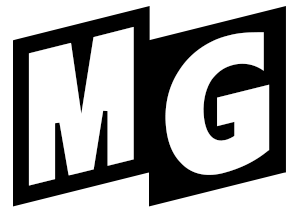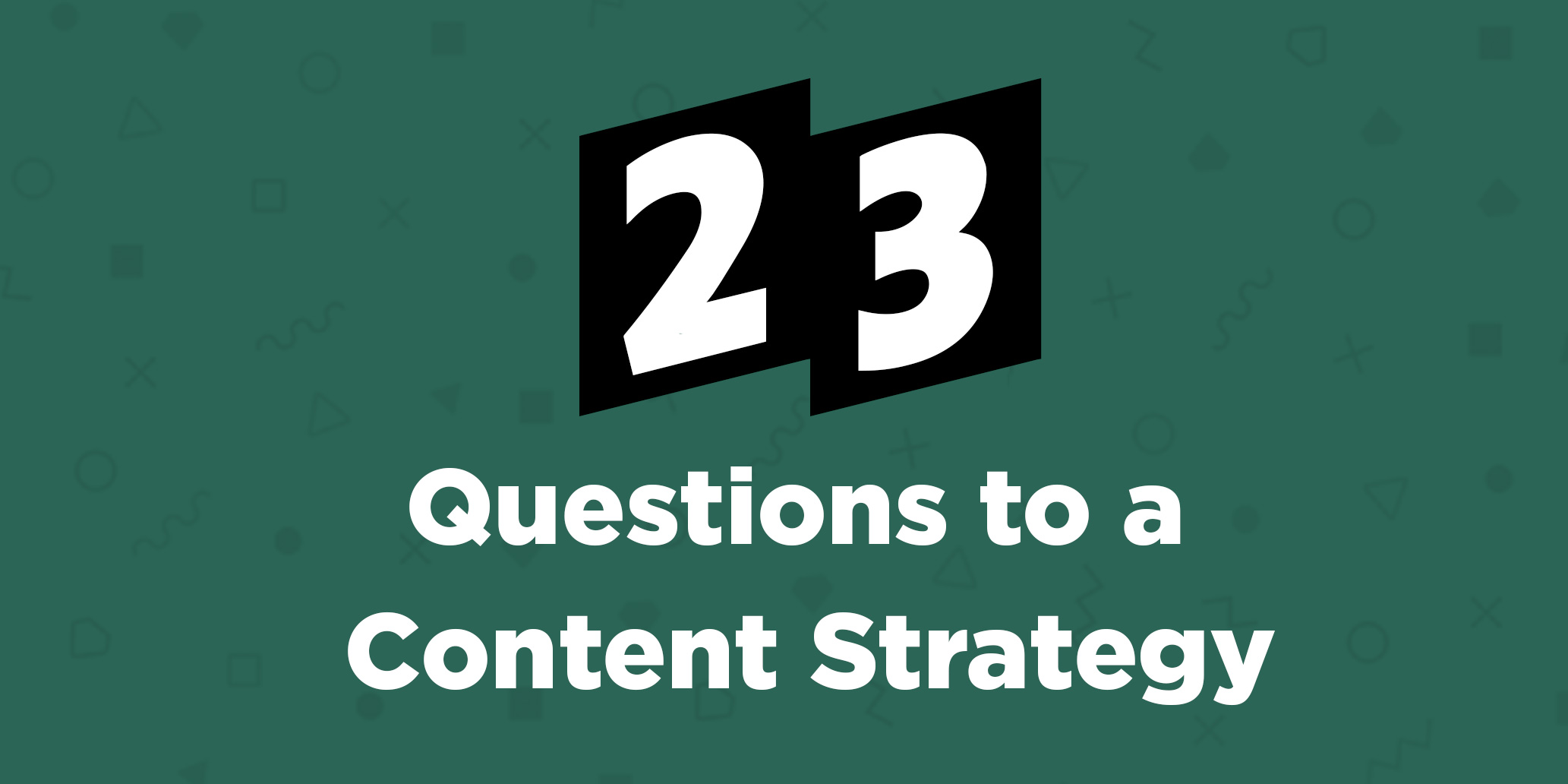Here’s how I define content strategy: It’s making a plan for your content that…
- Achieves business goals.
- Provides value to audiences.
- Fills a unique role within the broader context of the industry and the publishing environment.
- Is achievable with current resources.
Fundamentally, this is simple enough. So I created these questions as a way to arrive at a content strategy via the Socratic method. The questions will help you spot knowledge gaps, look at your content from new angles, and decide on useful next steps.
You should come out of this exercise with two things: 1) A list of everything you already know that’s relevant to devising your strategy, and 2) a list of next steps to take to fill in your knowledge gaps. Once you have the answers to all these core questions, you have all the information you need to create an editorial framework that codifies your new, beautiful content strategy.
What are you (or your client) looking for?
- What’s the ultimate deliverable you want?
- Whom are you (or your client) trying to impress? Who are the audiences and who are the key stakeholders?
- What are your business goals?
If you don’t know the answer, ask your client or your stakeholders.
What would be good for the business?
- What are the business objectives of your content?
- How can those objectives be measured?
- What are the current metrics by which you can benchmark?
If you don’t know the answer, improve your reporting process.
What are audiences looking for?
- What content is succeeding?
- What search terms are driving people to your content?
- What’s working well for competitors or comparable publishers?
- If you were the audience, what would you want? How would you look for it?
- Where do your audiences go when they’re looking for the information you want them to have? What are their favorite social networks and publishers? Do they maintain ongoing relationships with publishers, or are they more inclined to conduct ad-hoc searches?
If you don’t know the answer, audit your content, audit your competitors, or research your audiences.
What’s achievable right now?
- What resources are available?
- What form factors are possible?
If you don’t know the answer, ask your client or your stakeholders.
What do you (or your client) have to offer?
- Special expertise on a topic the audience cares about?
- Original research?
- Exclusive news?
- Inside information?
- Access to other experts, thought leaders, celebrities, etc.?
What are the takeaways?
- What have you learned from your previous answers?
- What next steps do you need to take to fill in knowledge gaps?
- What information can you convey to your client or your stakeholders?
- What actionable advice can you offer/implement?
- What’s the best way to package up this info so your client or your stakeholders will understand and use it?
Of course, the ultimate outcome of your research can take a variety of forms. That’s by design! When packaging up your content strategy, make sure it’s as helpful and easy to use as your content itself. The best content strategy is the one that actually gets put in action and makes your content better.

